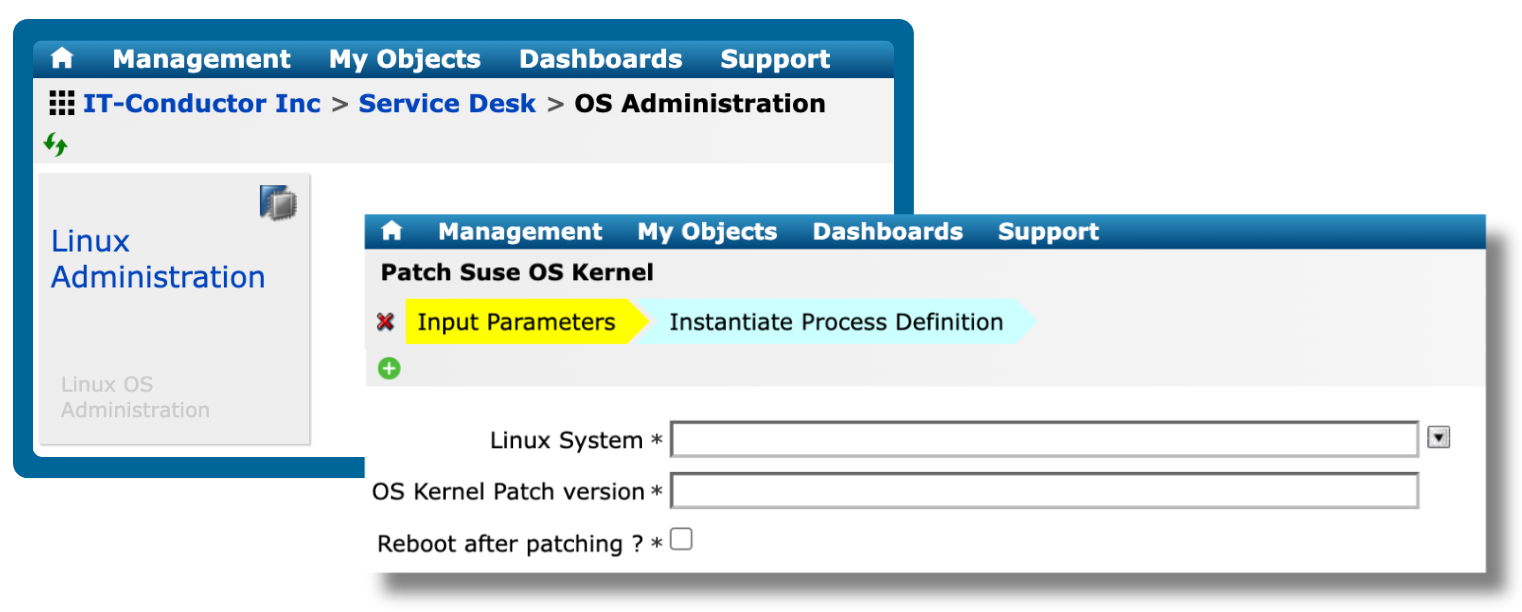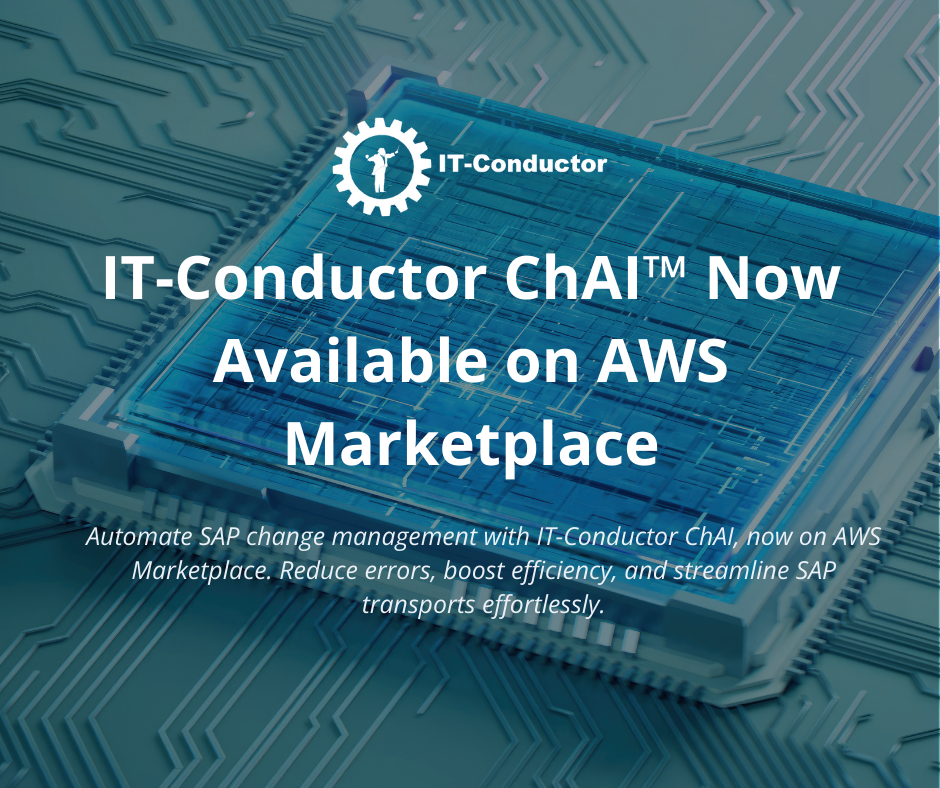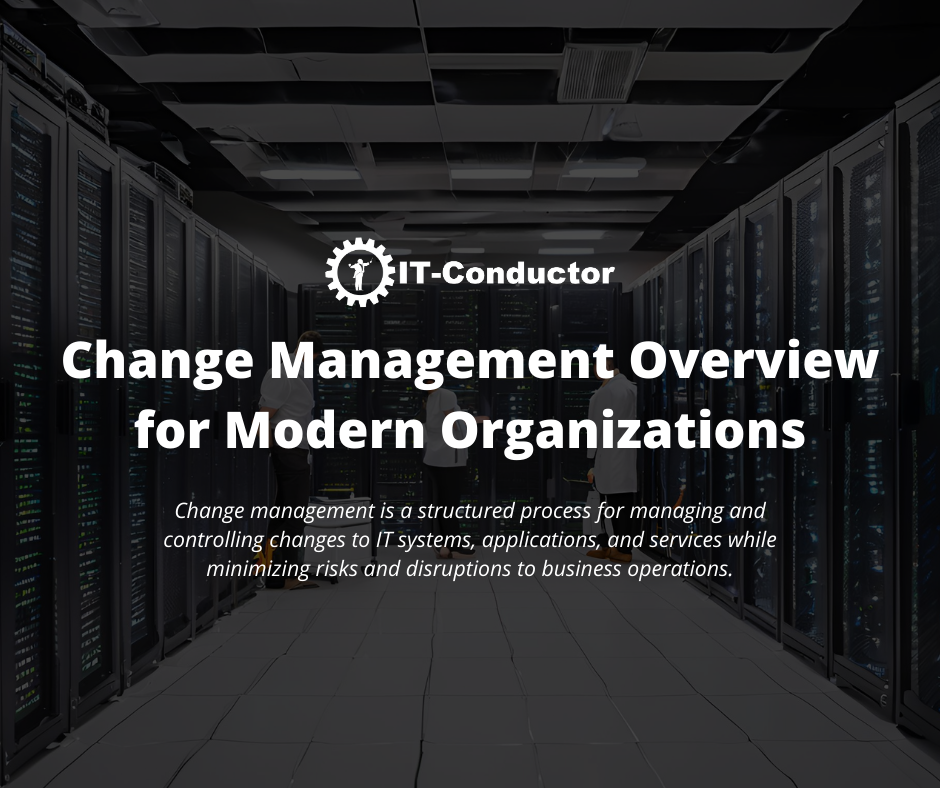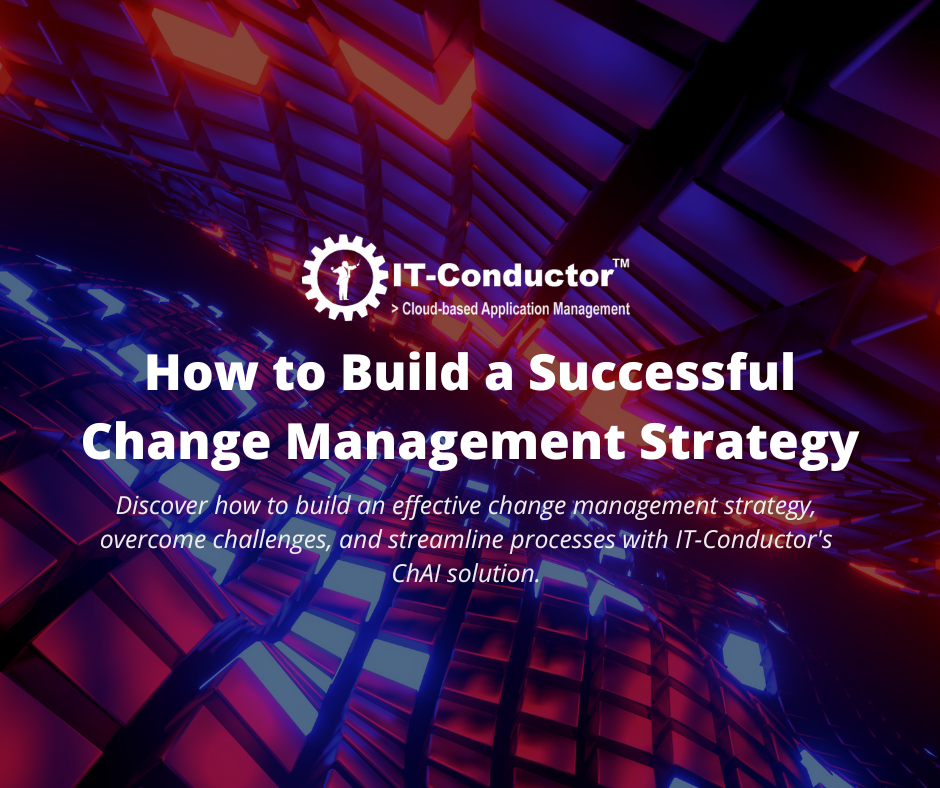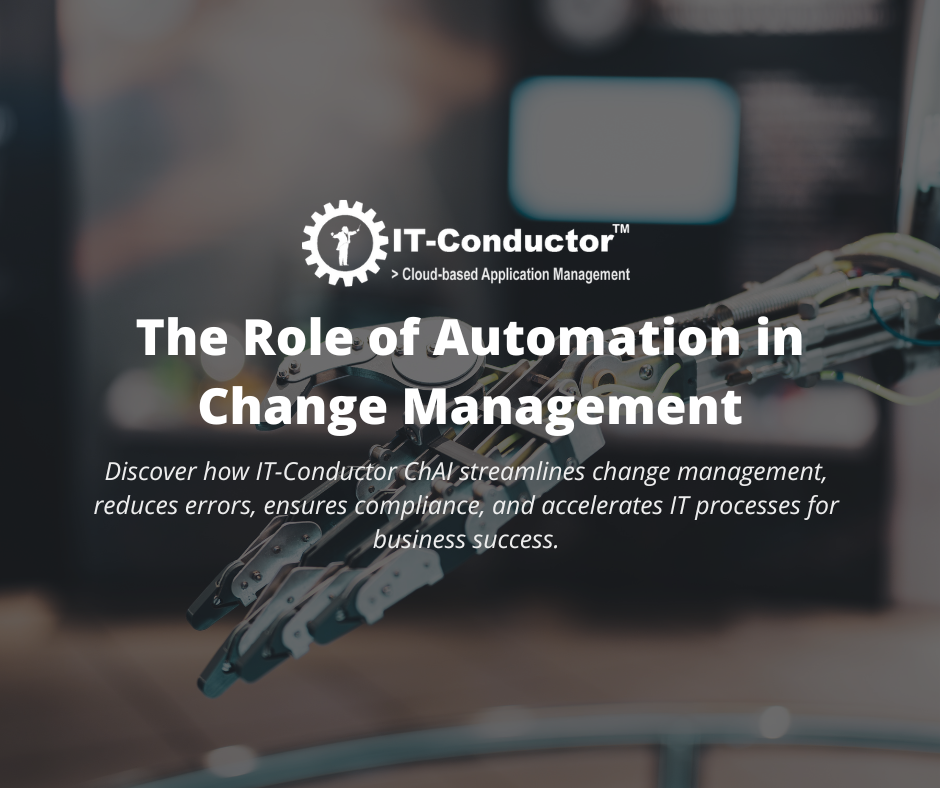Change automation in IT operations is the practice of automating the planning, approval, execution, and tracking of IT system changes. Instead of relying on manual steps, change automation ensures that updates, such as system configurations, deployments, or transport requests, are performed consistently, securely, and efficiently across environments.
By automating these processes, organizations can reduce human errors, improve compliance, accelerate delivery, and maintain full visibility over all IT changes.



